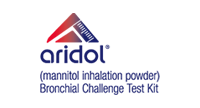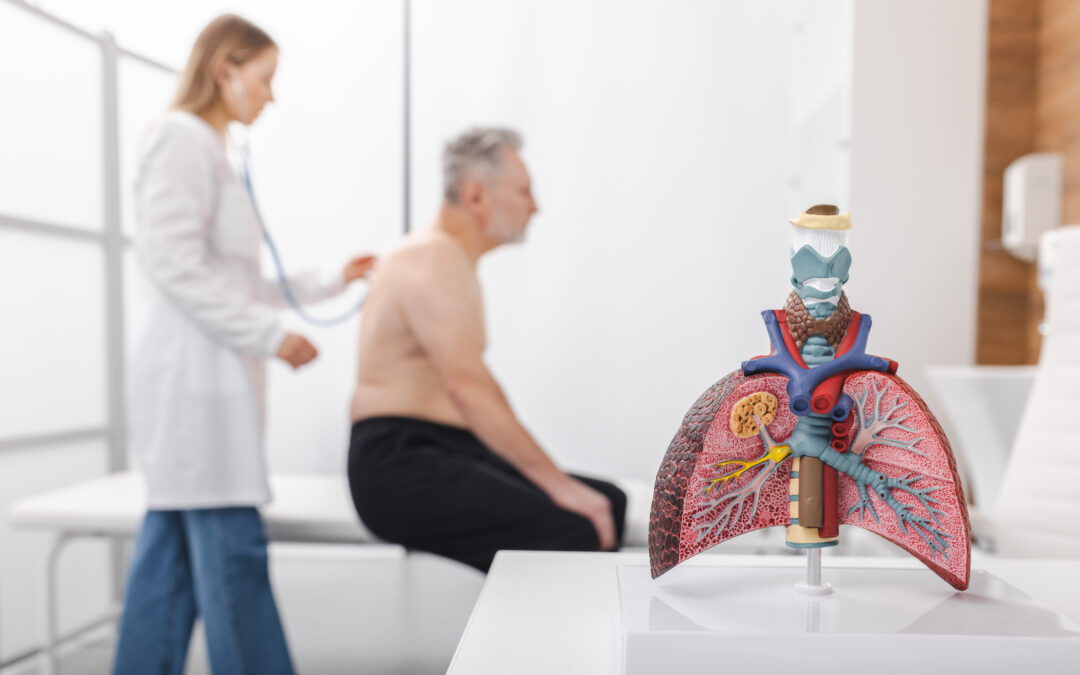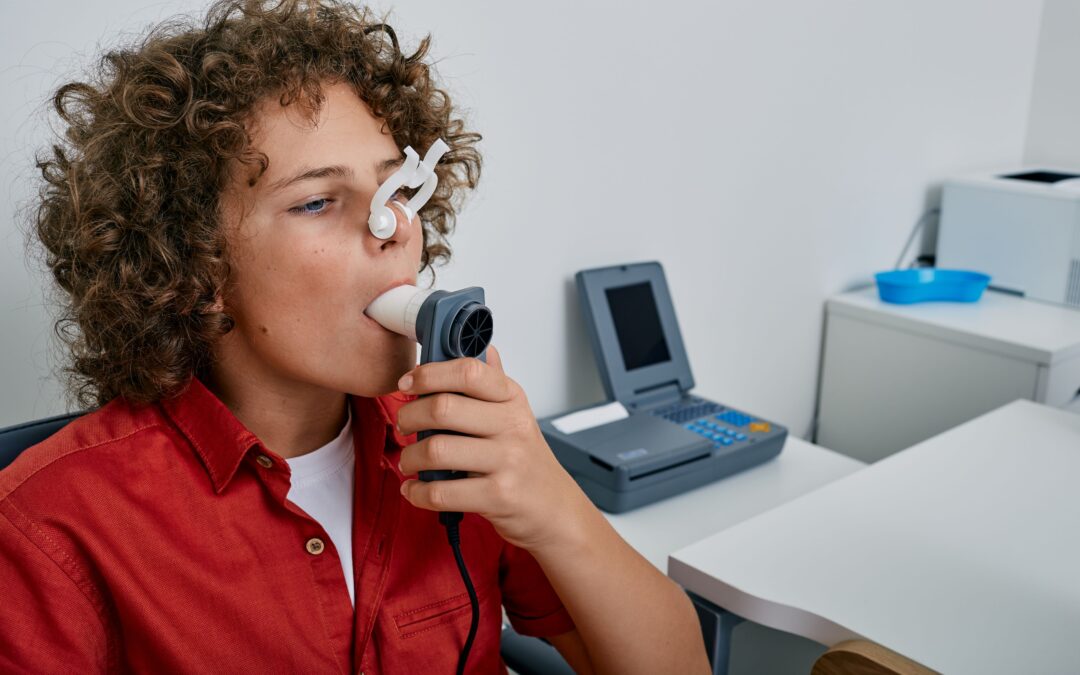In May, we observe National Asthma and Allergy Awareness Month. Since 1984, the Asthma and Allergy Foundation of America (AAFA) has designated May for raising awareness about these conditions. It’s a peak season for people with asthma and allergies, making it an ideal time to educate others about allergic diseases1. If you’re interested, you can participate in awareness activities and advocacy efforts during this month!
In this month’s blog, I will share my personal experience of living with childhood and environmental asthma.
Allow me to introduce myself: My name is Sherian. I am a Jamaican-born woman who has been living in Canada for over 30 years. While this move to Canada has allowed my family to experience a world of opportunities that this fantastic country has to offer, it may have also saved my life and, in turn, spared my family years of stress.
If you have ever lived in or visited a Caribbean country, you will be familiar with seeing children playing freely on the streets or having a whale of a time on one of the beautiful beaches that the Caribbean has to offer. However, my childhood years in Jamaica looked nothing like this. Being a severe asthmatic, my mother would only give me the freedom to do so much out of fear of an exacerbation at any given time. The potential severity of an asthma attack weighed heavily on her, and she took precautions to protect my health.
I migrated from Jamaica at a very young age, so I don’t remember all the episodes I experienced while living there. However, over the years, I’ve heard all the frightening stories that left my mother in tears, caused sleepless nights, led to numerous hospital visits, and prompted desperate attempts at old Jamaican wives’ tales in search of a cure.
Growing up in Ocho Rios, Jamaica, where the weather remains warm and humid year-round, allowed for frequent visits to the beaches and rivers—both exciting and fun at any age. However, during my childhood, visits to the beach and river were off-limits. My mother recalls that I would experience exacerbations anytime I engaged in activities resulting in my hair getting wet, including washing it during bath time. This seemingly routine act, second nature to many, brought me excitement because it was an exception to my usual bathing routine. As a result, I was never allowed to go near a body of water without adult supervision, and even under close watch, I was forbidden from getting my hair wet. Following these rules was crucial because my mother knew from experience that wet hair was a trigger. Despite these precautions, we still experienced episodes on random days due to environmental factors, contributing to my frequent asthmatic attacks, which often occurred late in the evenings or at night.
I strongly believe that having an aunt who was a nurse in Jamaica contributed to my survival. During each asthma episode, either my aunt or my mother would rush me to the hospital where my aunt worked. Her affiliation ensured I received premium care. At night, my aunt would transfer me from my hospital bed to her private room, where she kept a close eye on all the machines. I consider myself fortunate to have received such excellent care and to be part of a family that could financially support my hospital visits. This support was crucial, especially in a country that might not have had the resources to manage a child with frequent exacerbations.
My mother recalls being so desperate that she would try anything to alleviate my disease. Any trick or piece of advice given to her was worth trying if it meant possibly saving my life. These old wives’ tales included feeding me snails to eat and cutting a branch from a specific tree over my head in hopes of a miracle. Unfortunately, none of these remedies worked, and every day required vigilance against an attack. However, after moving to Canada in 1992, my asthma attacks seemed to subside. Years went by without major exacerbations until the summer of 1998, when I experienced a mild attack that was short-lived and not severe.
It has been over 30 years and I have not had an attack. I do, however, seem to have allergy like symptoms whenever I visit Ocho Rios in the later parts of the summer months. Symptoms that do not surface when I am on other parts of the island. Something I think goes to show the connection of what I believe to have been environmental asthma- something that I have never confirmed clinically. I have been pregnant twice and my asthma symptoms stayed at bay. Sometimes change in hormones can cause remission2.
Now as a mother of 2 girls I have experienced having children that exhibit symptoms of asthma. Nothing to the extent of what my mother and family had with me in Jamaica but nevertheless, it is still very scary and unsettling. My children are too young to participate in objective testing, so they are not confirmed to have the disease. However, I pray everyday that they will not inherit this condition as it can become crippling to a child’s childhood experiences as activities and environment may have to be reevaluated causing missed opportunities for experiences.
A doctor once said to me “unless you yourself have asthma, you will never know how scary it is to feel like you can not breath and not help yourself”. I do not wish this for anyone at any age. So, as we come to a close in Asthma and Allergy Awareness Month it is important that we remember to always look for signs and symptoms and get objectively tested when you or a loved one are at the age to do so. There are many diseases with symptoms that mimic the symptoms of asthma so things may not be as they seem.
- https://aafa.org/get-involved/asthma-and-allergy-awareness-month/
- https://aafa.org/asthma/living-with-asthma/asthma-during-pregnancy/
Author: Sherian Kington








